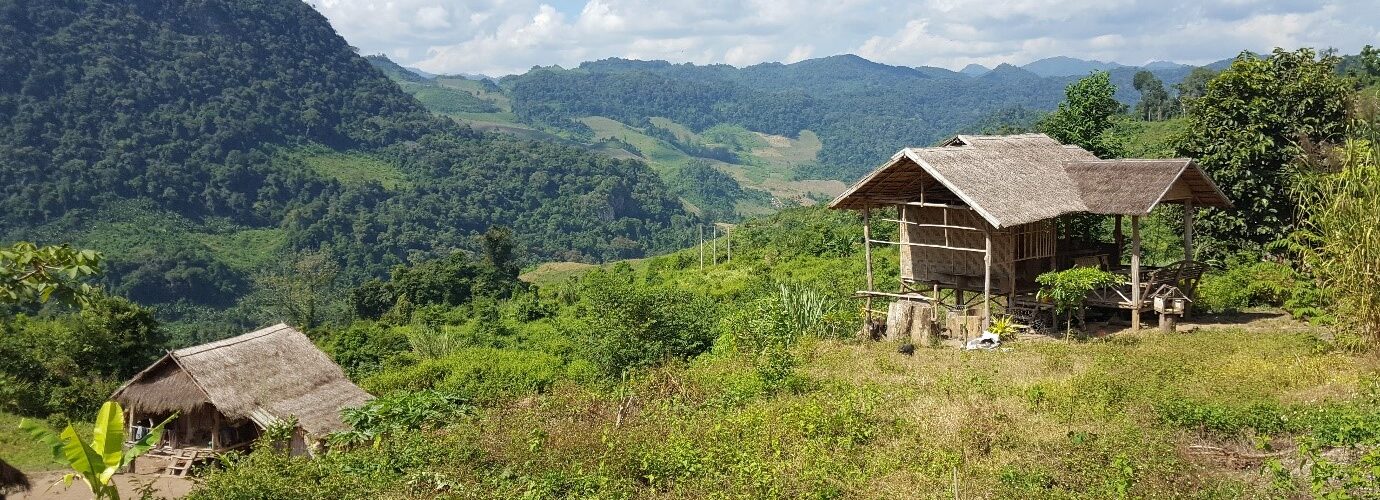
Protected areas have long been the mainstay of efforts to conserve nature and biodiversity across the world. Global agreements like the Convention of Biological Diversity and international organisations like the International Union for the Conservation of Nature and Natural Resources (IUCN) carve out an important role for protected areas, and some conservation groups want to see half the world under some form of protection. But there have been many challenges with protected areas, especially in low- and middle-income countries. They often give rise to severe social costs for people living inside or around the protected area boundaries because of exclusionary measures like relocation and strict enforcement of laws that are not in line with people’s customary practices. Consequently, more inclusive approaches that provide people with an alternative income source and engage them in conservation activities, such as ecotourism, have become increasingly popular. However, these approaches often see limited buy-in from communities.
A new study provides compelling evidence on how both exclusionary and inclusionary measures can affect the livelihoods of protected area residents in unequal ways. As part of a team of researchers from the University of Copenhagen and the National University of Lao PDR, I illustrated this in the case of Nam Et-Phou Louey National Park in Lao PDR, which is home to a range of endangered wildlife species and some 91,000 people who rely on the park’s resources to meet their daily needs.

Figure 1: Livelihoods and conservation in Nam Et-Phou Louey National Park
Drawing on the Sustainable Rural Livelihoods Framework[1], we compared five dominant livelihood groups and their capacities to take advantage of market opportunities, adapt to reduced resource access from the park, and benefit from conservation activities. We found marked differences between groups. Looking at income levels, for instance, there is a ten-fold difference between people who rely heavily on collection and sale of non-timber forest products (NTFPs) such as mushrooms and bamboo shoots (group (a) in Figure 2) and people with relatively secure income from government sources (group (e)).

Figure 2: Income disparities between the five livelihood groups
We also found that non-timber forest product collectors scored very low on several other important criteria, including capital and engagement in the park activities. Our analysis also showed how precarious livelihood activities are. For instance, a household’s entire stock of poultry could die from disease in a single season, with no insurance or compensation.
We also found that these different livelihood groups are scattered unevenly across the park (Figure 3). This makes it even more important for conservation activities to be tailored to the local conditions of each village and in ways that prioritise the needs of the most at-risk groups.

Figure 3: The geography of livelihoods in Nam Et-Phou Louey National Park
Lastly, we found that conservation activities such as enforcing the park boundaries are exacerbating the livelihood dilemmas facing residents. Access to important resources is being heavily curtailed for conservation purposes, including productive agricultural land for farming, communal grazing lands for livestock, and forest production collection points. Although some groups have benefited from conservation interventions, these gains mean very little in the daily lives of residents. The results of the study question the viability of strict exclusionary measures in the context of changing environmental conditions and expanding markets and the currently limited engagement with inclusionary measures such as ecotourism and participatory monitoring. We call for greater inclusion of at-risk groups in conservation management.
Read the full article here ; or follow this link for direct access to the paper: https://rdcu.be/cy64n
All photos by Joel Persson.
Reference:
[1] Scoones, I. (1998). Sustainable Rural Livelihoods A Framework for Analysis. IDS Working Paper 72, 22.

